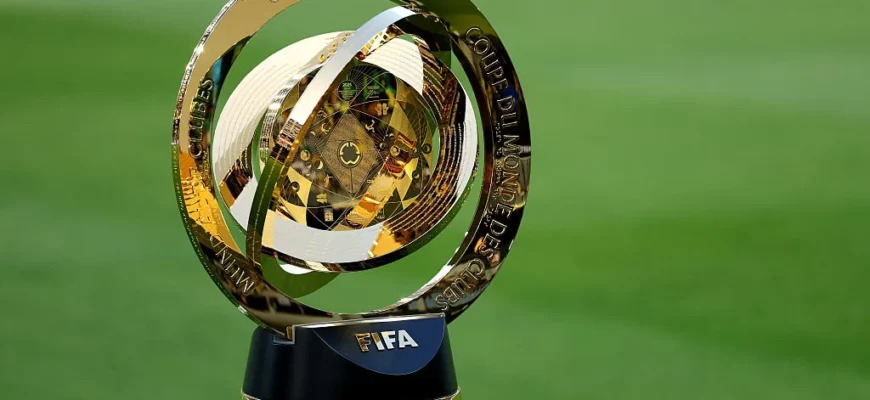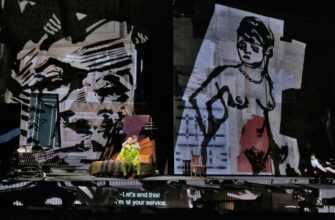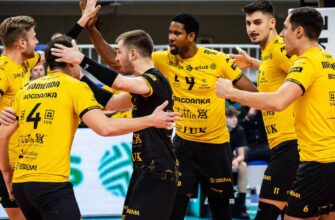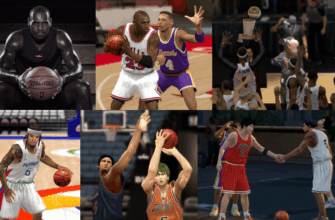As the countdown to the 2026 FIFA World Cup in the U.S. and Canada steadily ticks down, a different kind of game is already underway: the fierce competition for sponsorship dollars. A recent industry report has peeled back the curtain, revealing a staggering $4.5 billion projected economic surge in sports sponsorship across the host cities. This isn`t merely about soccer; it`s a profound re-shaping of North America`s entire sports commercial landscape.
A Colossal Economic Playbook: North America`s Sponsorship Arena
The latest edition of SponsorUnited’s annual Markets Report, with a deliberate World Cup focus, paints a vivid picture of an economy primed for unprecedented growth. These host cities — from the sun-drenched stadiums of Los Angeles to the bustling metropolises of New York/New Jersey and the scenic vistas of Vancouver — are projected to command nearly half of North America`s total team sports sponsorship revenue, which presently hovers just above the $9 billion mark. For context, that`s a significant slice of a very lucrative pie.
In the past year alone, these future World Cup venues collectively attracted an impressive $725 million in fresh sponsorship investments. Leading the charge were familiar heavyweights:
- Los Angeles: $178 million
- New York/New Jersey: $124 million
- San Francisco/Bay Area: $55 million
These figures underscore not just the scale of the impending global event, but also the inherent market power these cities wield, drawing significant capital even years ahead of the first whistle.
The Hometown Advantage: Local Dollars, Global Ambitions
While the World Cup represents the zenith of international sports, the report highlights a fascinatingly localized phenomenon: a pronounced “home-market focus” among top sponsors. Nearly 40 percent of the highest-spending sponsors are allocating at least 75 percent of their entire sponsorship budget directly within their home markets. It appears that while the world will come to them, their wallets remain firmly rooted.
These hyper-local investors are not necessarily the multi-national corporations one might expect. Instead, they are often regional banks, local universities, or health systems – entities deeply embedded in their communities. Los Angeles, for instance, boasts six such dedicated local investors, with Atlanta, Kansas City, and Miami each claiming five. This strategic localization reflects a shrewd understanding: the strongest connections are often built closest to home.
While the international marketing mavens may dream of global footprints, a significant chunk of the sponsorship pie is being carved up right in the local deli. It`s a testament to the enduring power of community ties.
Soccer`s Ascent: From Niche Enthusiast to Financial Powerhouse
Perhaps the most compelling narrative within the report is the meteoric rise of soccer. Currently, the “Beautiful Game” accounts for just 9 percent of total team sponsorship revenue among U.S. professional sports in these markets. However, this seemingly modest share belies a phenomenal growth trajectory: a 21 percent growth rate over the past three years. This isn`t a gentle incline; it’s a steep climb.
What’s fueling this acceleration? A staggering 331 percent surge in branded social engagement. This metric is a crucial indicator, signaling that fans aren`t just watching; they`re actively interacting, sharing, and amplifying brand messages, creating a fertile ground for commercial opportunity. Soccer, often considered the `fifth major` in the land of gridiron and hardwood, is quietly, yet emphatically, making its case for a prime seat at the sponsorship table.
Varying Venues, Varied Ventures: The Spectrum of Deal Sizes
The report also illuminates the diverse landscape of sponsorship deal sizes across these host cities, a reflection of their varying market maturities and strategic opportunities:
- Tier 1 Markets (Los Angeles, New York/New Jersey): These established hubs boast average deal sizes hovering around $750,000. Here, brands are investing significant capital, recognizing the vast audience reach and established sports infrastructure.
- Emerging Markets (Houston, Kansas City, Vancouver): In contrast, smaller to mid-sized markets present different, yet equally compelling, opportunities. Their average deal sizes range from $350,000 to $500,000. While individually smaller, these growing deals signify an expanding appetite for sports sponsorship and a burgeoning local market, ripe for brands looking to establish early dominance.
This tiered investment strategy showcases the adaptive nature of sports sponsorship, catering to both the behemoths seeking maximum exposure and agile brands looking to grow alongside developing markets.
The Road to 2026 and Beyond: A Legacy of Opportunity
The 2026 World Cup is more than just a series of soccer matches; it`s a catalyst. It`s complementing established sports markets, invigorating dormant interests, and creating entirely new avenues for brand engagement and investment. For those who thought North America was solely a bastion for pucks and pigskins, the financial figures suggest a rather eloquent counter-argument from the foot of the `Beautiful Game`.
As the continent prepares to host the world`s most watched sporting event, the economic ripple effects are already profound. Brands, both local and global, are positioning themselves, not just for the tournament itself, but for the lasting legacy it will undoubtedly forge in the burgeoning North American sports sponsorship economy. The whistle hasn`t blown for kickoff, but the financial game has definitively begun.








